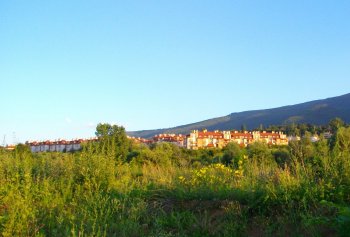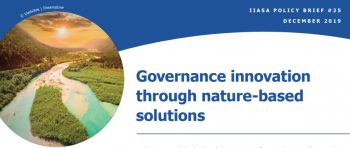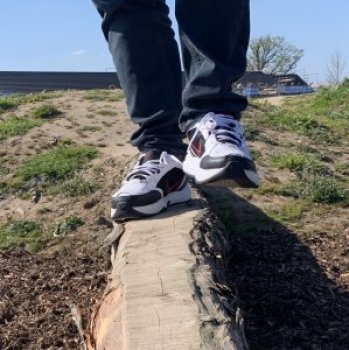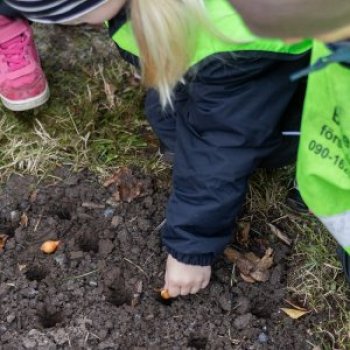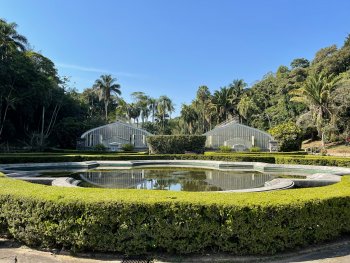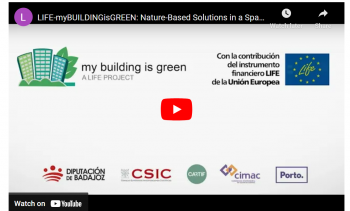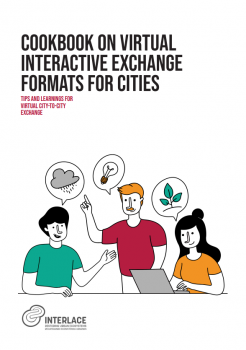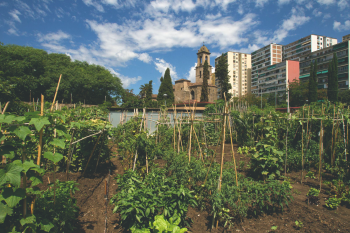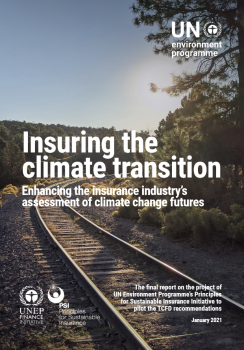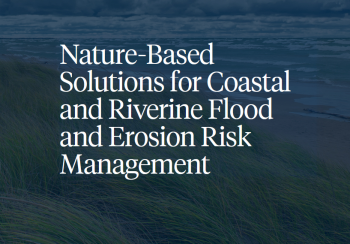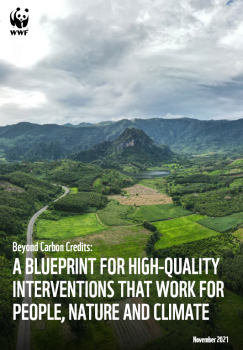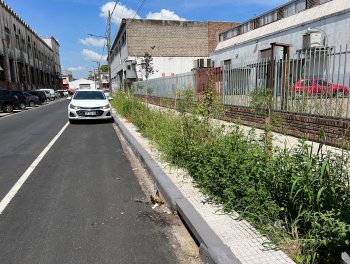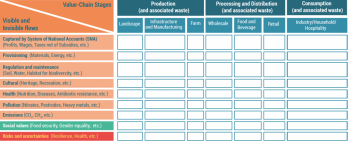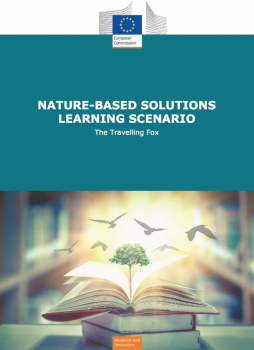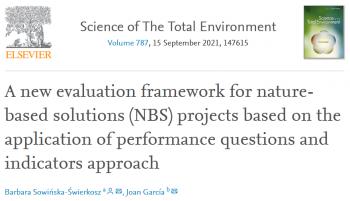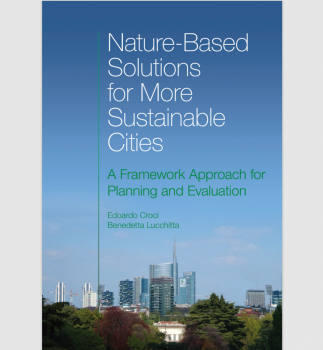Marketplace
Sub-urban Ecosystem Payments
Guidelines (including a toolkit) for assessing the value of the ecosystem services provided by natural areas/green infrastructure in suburban locations.
LIFE programme: Short summaries of projects from the LIFE 2019 call for proposals
This EU funding for the LIFE programme projects triggered total investments of nearly €590 million to help meet these projects' ambitious goals for environment, nature, and climate action. The projects will help to achieve the European Green Deal. Here you can find a list of short summaries of
Governance innovation through nature-based solutions - Policy Brief December 2019
Understanding the factors that characterized successful nature-based solution governance models is essential for advancing policy instruments and institutional reform that can better enable the implementation and up-scaling of these solutions. Researchers at IIASA and the University of Geneva
Seedbed Intervention: Limerick
In one of our Cultivating Cities, in Limerick, the Seedbed Intervention took place on the Castletroy greenway, which is the target area for the GoGreenRoutes project as it provides connectivity between Castletroy College secondary school (students 12-18 years of age) and Castletroy Gaelscoil (
GoGreenRoutes: Outline of the project presentation
Learn all about GoGreenRoutes in this introductory project presentation. Publication Date: 29 Jul 2021 Author(s): Maynooth University and ICLEI Europe
Bringing nature back through LIFE The EU LIFE programme’s impact on nature and society
The EU LIFE programme, Europe’s key funding instrument for nature conservation, has since the start in 1992 focused its support to nature and biodiversity. It is therefore a good moment to take stock of its achievements and assess to what extent it has contributed to implementing the EU Birds and
CONEXUS Policy Brief 5 - Green corridors to connect urban ecosystems
This policy brief presents contributions from the city of São Paulo, Brazil. The city is pursuing the establishment of green corridors as a strategy to reverse the negative effects of urbanisation processes. This brief presents the Municipal Plan for Protected Areas, Green Areas and Open Spaces (
My building is green Nature-Based Solutions for Adapting Buildings to Climate Change
In the following video, different people involved in and/or affected by the LIFE-myBUILDINGisGREEN project explain the characteristics and benefits derived from the Nature-Based Solutions (NbS) implemented by the project in the Gabriela Mistral school from Solana de los Barros, province of Badajoz
Cookbook on virtual interactive exchange formats for cities
The ‘Cookbook on virtual interactive exchange formats for cities’ is a collection of virtual collaboration methods tested and evaluated in the INTERLACE project. It can be a particular challenge to build collaboration and trust between cities merely online, but the available methods and tools were
Conexus Life-Lab factsheet series - Urban Agriculture Observatory: Social and Ecosystem services
The Urban Agriculture Observatory is a partnership aiming to establish a database of environmental and social aspects of urban allotments and their benefits. Based on the database, a public web platform is created to share collected data and bring urban agriculture closer to citizens. It is
UNEP’s Principles for Sustainable Insurance Initiative (2021): Insuring the climate transition: The final report of UN PSI’s TCFD pilot project
The insurance industry is one of the largest global industries with more than USD 6 trillion in world premium volume and USD 36 trillion in assets under management. As such, insurers hold a significant portion of global economic assets and liabilities on their balance sheets. As risk managers,
Nature-Based Solutions for Coastal and Riverine Flood and Erosion Risk Management
Canadian communities and infrastructure are vulnerable to coastal and riverine flood hazards. The risks associated with coastal and river flooding are escalating as a result of development in river floodplains and coastal zones, and the effects of climate change on flood and erosion hazards. There
Beyond Carbon Credits: A BLUEPRINT FOR HIGH-QUALITY INTERVENTIONS THAT WORK FOR PEOPLE, NATURE AND CLIMATE
This document sets out WWF’s views on implementing high-impact and high-quality nature-based solutions for climate mitigation from the perspective of the people and the places where we work, as a companion to WWF’s Blueprint for Corporate Action on Climate and Nature, which focuses on business-
The Health and Social Benefits of Nature and Biodiversity Protection
Protecting nature and biodiversity is helping to tackle urgent health and social challenges across Europe. This IEEP study shows how urban, suburban and rural green areas bring multiple and often overlooked benefits to society.
Conexus Life-Lab Factsheet Series: Francia Street Rain Gardens: SuDS Implementation
The Municipality of General San Martín (MGSM), Buenos Aires, led a project to build linear Rain Gardens (RGs) along Francia Street as part of a Sustainable Urban Drainage System (SuDS) to manage stormwater. As a novel technology for the region, the RGs proved to be cost-effective and socially
Nature Based Solutions – our vital ally against biodiversity loss and climate change
Nature-based Solutions (NbS) are key in addressing the multiple crises faced by humanity: economic, societal, environmental and health crises are all interdependent and need to be addressed as such.
TEEBAgriFood Valuation Framework
The TEEBAgriFood valuation framework is a frame of analysis that can enable us to answer the question "what should we value, and why?" The framework ensures that nothing important is missed, and that the full range of impacts and dependencies (including externalities) from eco-agri-food
The Travelling Fox
In this learning scenario, students are familiarised with the concept of social and environmental justice through the story, photos, and videos of Foxy Travel – a fox who likes travelling across Europe. Via web 2.0 apps (for example: Padlet, MindMup, WordItOut), students analyse Foxy’s “
A new evaluation framework for nature-based solutions (NbS) projects based on the application of performance questions and indicators approach
One of the key features of nature-based solutions (NBSs) is their high effectiveness and economic and resource efficiency in solving problems compared to traditional grey interventions. These aspects, however, have so far attracted little attention in the literature but should be considered, as the
Nature-Based Solutions for More Sustainable Cities: A Framework Approach for Planning and Evaluation
There is a growing recognition and awareness that nature can help provide viable solutions to reduce vulnerability and generate value deploying the properties of natural ecosystems and the services they provide. Investing in nature can lead to substantial environmental, social, and economic
- ‹ previous
- 44 of 55
- next ›

